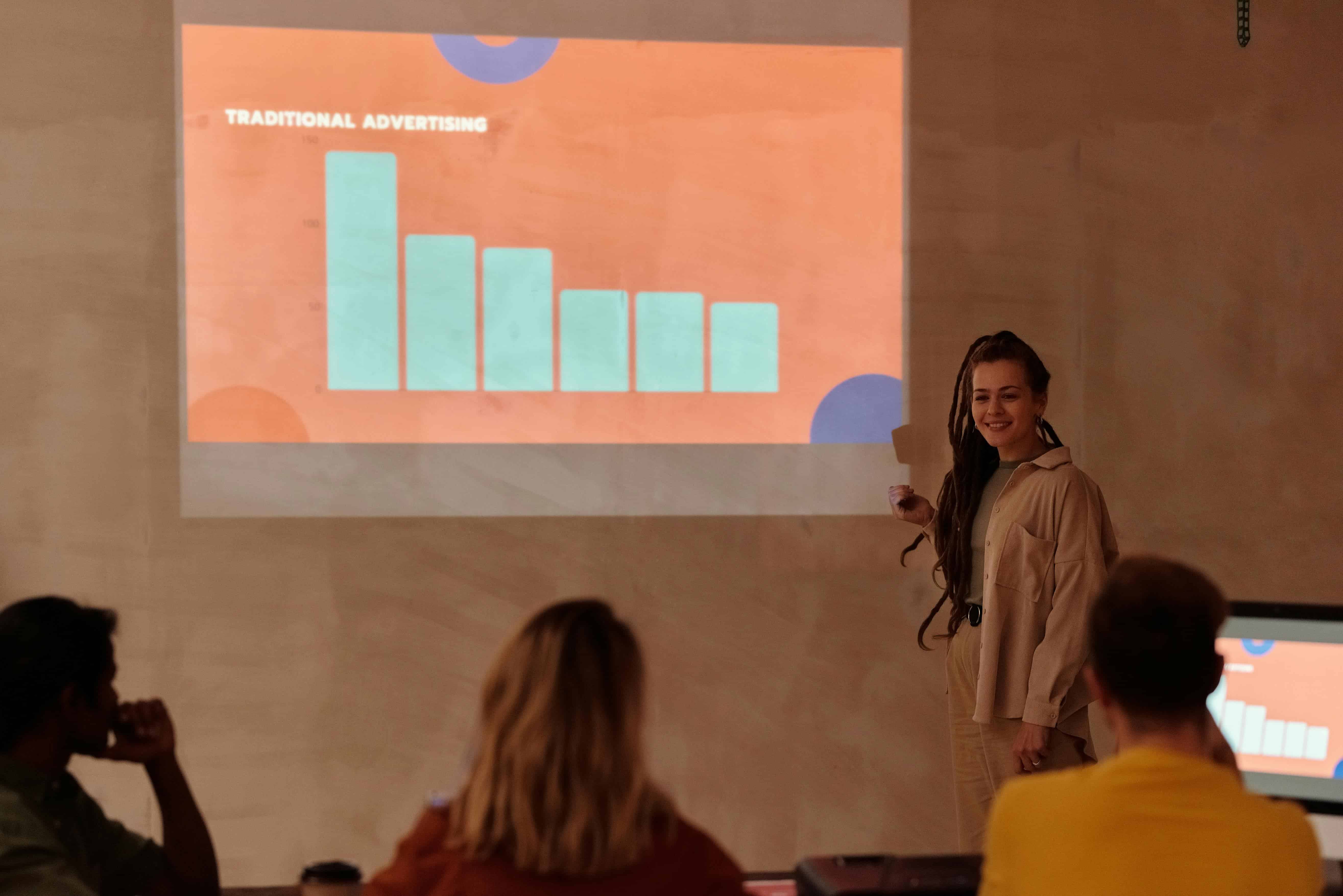Gen AI Is Sneaking Onto Our Campus

Generative AI is not arriving on college campuses with a bang. It’s quietly embedding itself, line by line, in the software updates of everyday systems, from cybersecurity defenses to virtual meeting tools. At New River Community and Technical College in West Virginia, Vice President and Chief Information Officer David Ayersman is sounding the alarm—not in panic, but with urgency, clarity, and vision. In a recent conversation, Ayersman painted a picture of a digital transformation happening in real time, without a clear roadmap and without the resources of a major research institution.
The Quiet Infiltration of AI
“It’s not replacing anything else,” Ayersman says. “We have to do everything else—and still keep up with AI.” This dual pressure encapsulates the paradox facing small colleges like New River. They must maintain their current IT responsibilities while rapidly onboarding emerging AI tools and fending off increasingly sophisticated threats. The change isn’t linear or predictable; it comes in spikes—sudden breakthroughs followed by quieter periods of adaptation.
That unpredictability has defined much of Ayersman’s 30-plus years in higher education, but never like this. While AI’s march into higher ed may be quiet, its impact is anything but. From writing assistants like Grammarly to cyber tools like Sophos MDR and CrowdStrike, generative AI is already reshaping the way colleges operate, often without administrators or faculty fully realizing the extent of the shift.
“Zoom, for example, now uses AI features,” Ayersman explains. “And we have 23 different vendors at the college—all of them are adding AI tools. It’s sneaking in.”
Governance in a Fluid Landscape
With new AI-powered tools appearing across platforms, governance becomes not just a priority but a necessity. Yet, like many institutions, New River is still in the early stages of developing a formal AI policy. “We don’t yet have one,” Ayersman admits. “It’s so new and changing so quickly that it’s difficult to pin down.”
Still, there’s movement. Leadership is asking the right questions: What is AI, really? What can it do for us? What vulnerabilities does it create? At the administrative level, there is a growing understanding that the institution cannot afford to remain passive. Ayersman and his colleagues are now analyzing frameworks from state agencies, the federal government, and major vendors as they work to shape a policy that meets New River’s unique needs and constraints.
Budget limitations, of course, are a major challenge. “We’re a small community college,” Ayersman says. “We don’t have deep pockets.” But that doesn’t make the need for governance any less urgent. In fact, it heightens it.
Weaponizing AI for Cyber Defense
If AI offers promising efficiencies, it also introduces a host of new threats—some of them unprecedented. “It’s an arms race,” Ayersman says. “Bad actors are using AI to gather information quicker than we can defend against it.”
New River is preparing to meet those challenges head-on. Sophisticated fake applications for student admissions, potentially designed to exploit federal financial aid systems, are a significant concern. Although the college has not seen successful fraud cases, the presence of fake applications is a warning sign. “We’re preparing to use AI to defeat that threat,” Ayersman says, though he acknowledges the college isn’t there yet.
The attack surface has expanded dramatically. “It’s not just people they’re attacking—it’s also our own AI,” he adds. “Malicious AI is now a real threat to institutional AI deployments.” The need for defensive AI in cybersecurity is no longer theoretical; it’s essential.
Learning on the Fly
The speed of AI development leaves little time for traditional upskilling. Ayersman and his team are turning to every available source for insight. “Every news brief I get seems to mention AI,” he says. But curating high-quality information is critical. He references the Artificial Intelligence Index Report 2025, a dense 400-page resource that he considers surprisingly digestible and relevant for higher ed.
Beyond government reports, vendors are offering their own guides and playbooks. These are useful, Ayersman says, but inherently biased. “They each have their perspective,” he notes. That’s why New River is taking a holistic view, blending federal insights with vendor innovations and internal discussions to craft its own evolving understanding.
And while some faculty and administrators might believe AI is still a future consideration, Ayersman challenges that assumption. “It’s already here,” he stresses. “People don’t realize that they’re using it every day.”
Preparing for the Next Phase
Despite the chaos and challenges, Ayersman is optimistic about the future of AI in education. His ideal vision sees AI evolving into a more autonomous force—less reliant on human input, more capable of delivering real results. That, he says, will be a transformative moment for institutions like his.
But for now, the path is incremental. “We’re going to make progressive steps,” he says. “It’s not a linear path—it comes in spikes.” And while the college is currently in the early stages of adoption, there’s a clear trajectory forward.
That future includes governance policies, enhanced cyber defense, improved efficiency in administrative tasks, and a deeper understanding among faculty and leadership. But perhaps most importantly, it includes awareness—that generative AI is no longer on the horizon. It’s already here, already reshaping the academic and operational landscape of institutions large and small.
The challenge, as Ayersman sees it, is to recognize that reality and respond accordingly. Gen AI is sneaking onto campus. Whether colleges are ready or not, the tools are already in place, the stakes are rising, and the future is being written in code.
Key Take-Away
Generative AI isn’t arriving loudly—it's quietly integrating into existing systems like Zoom, cybersecurity tools, and writing assistants, often unnoticed by users. Share on XImage credit: Mikael Blomkvist/pexels
Dr. Gleb Tsipursky was lauded as “Office Whisperer” and “Hybrid Expert” by The New York Times for helping leaders use hybrid work to improve retention and productivity while cutting costs. He serves as the CEO of the boutique future-of-work consultancy Disaster Avoidance Experts. Dr. Gleb wrote the first book on returning to the office and leading hybrid teams after the pandemic, his best-seller Returning to the Office and Leading Hybrid and Remote Teams: A Manual on Benchmarking to Best Practices for Competitive Advantage (Intentional Insights, 2021). He authored seven books in total, and is best know for his global bestseller, Never Go With Your Gut: How Pioneering Leaders Make the Best Decisions and Avoid Business Disasters (Career Press, 2019). His cutting-edge thought leadership was featured in over 650 articles and 550 interviews in Harvard Business Review, Forbes, Inc. Magazine, USA Today, CBS News, Fox News, Time, Business Insider, Fortune, and elsewhere. His writing was translated into Chinese, Korean, German, Russian, Polish, Spanish, French, and other languages. His expertise comes from over 20 years of consulting, coaching, and speaking and training for Fortune 500 companies from Aflac to Xerox. It also comes from over 15 years in academia as a behavioral scientist, with 8 years as a lecturer at UNC-Chapel Hill and 7 years as a professor at Ohio State. A proud Ukrainian American, Dr. Gleb lives in Columbus, Ohio. In his free time, he makes sure to spend abundant quality time with his wife to avoid his personal life turning into a disaster. Contact him at Gleb[at]DisasterAvoidanceExperts[dot]com, follow him on LinkedIn @dr-gleb-tsipursky, Twitter @gleb_tsipursky, Instagram @dr_gleb_tsipursky, Facebook @DrGlebTsipursky, Medium @dr_gleb_tsipursky, YouTube, and RSS, and get a free copy of the Assessment on Dangerous Judgment Errors in the Workplace by signing up for the free Wise Decision Maker Course at https://disasteravoidanceexperts.com/newsletter/.

